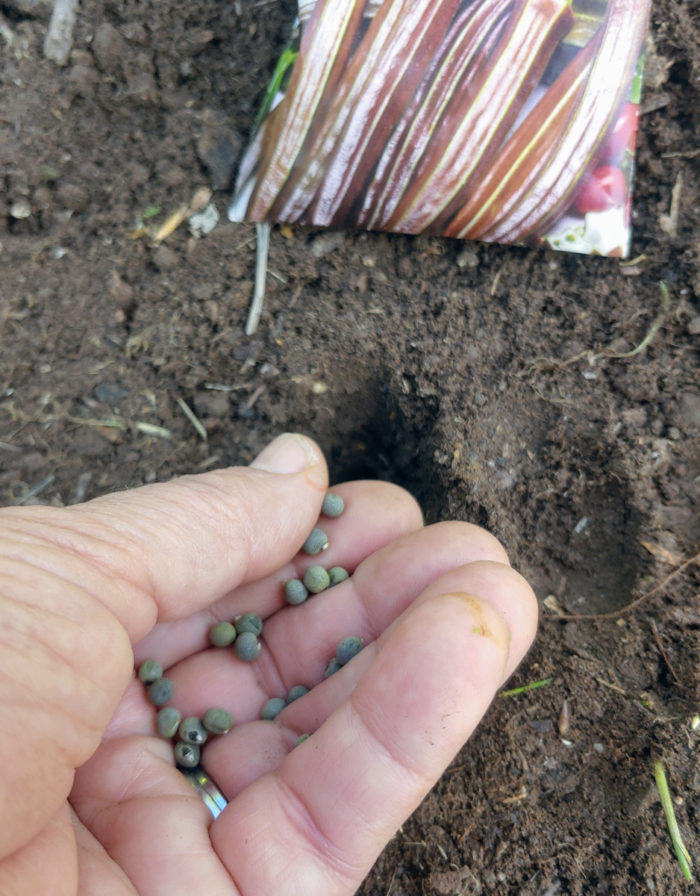
There’s still time to sow certain summer veggies. This might be the year to add something more to your patch of tomatoes and herbs. If you like okra, it’s my choice for a trouble-free addition that doesn’t require staking or a lot of horizontal space. Soak seeds overnight, and then plant them at a depth three times their length, which for okra is about 1 inch. If you’ve never grown okra, just be aware that the plant itself is covered in hairs that can be irritating to the skin. I put on a light, long-sleeved cotton shirt when I go out to prune or pick okra (which will happen a couple of months from now). If tomato transplants have been in the ground for a couple of weeks, you may fertilize them (if you haven’t already spread compost), and be sure your stakes or cages are in place. Those slow-to-get-growing-in-April plants will take off overnight this month.
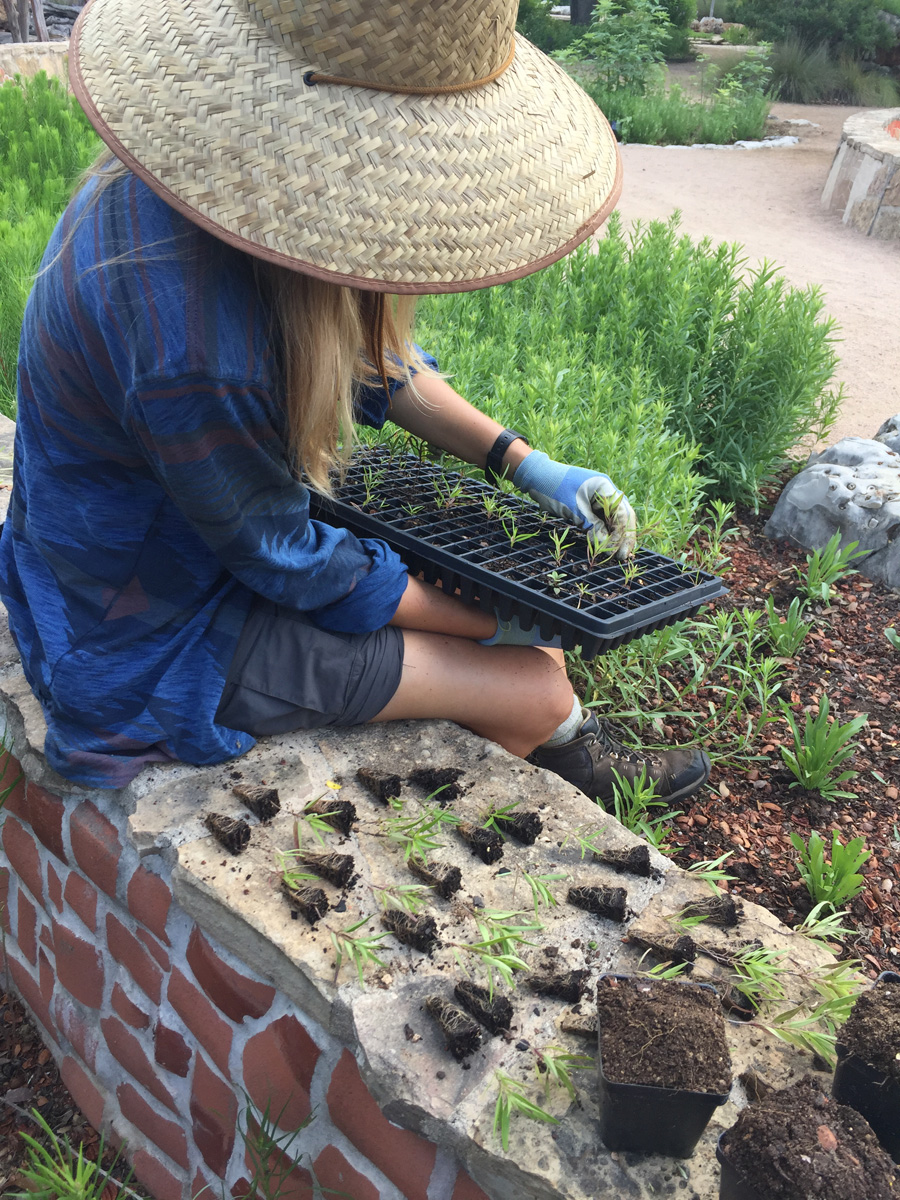
Water new transplants on a regular basis. Anything planted this spring is still recovering from being transplanted and is growing new roots, while at the same time it is full of lush new foliage that has high water demands. This combination means that watering those plants this month needs to be spot on. Once you’re six weeks past transplant, you’ve got a little more wiggle room. Rain (as long as it’s not a frog-choker) does the best job, but when it’s been longer than five days or so since a good one (three days for containers), you need to give those plants a good soaking. Checking soil moisture with your hands can help you decide when it’s time to water, but remember that roots have not yet grown very far out into the soil, and so at this time of year, it’s better to err on the side of a little more than a little less.
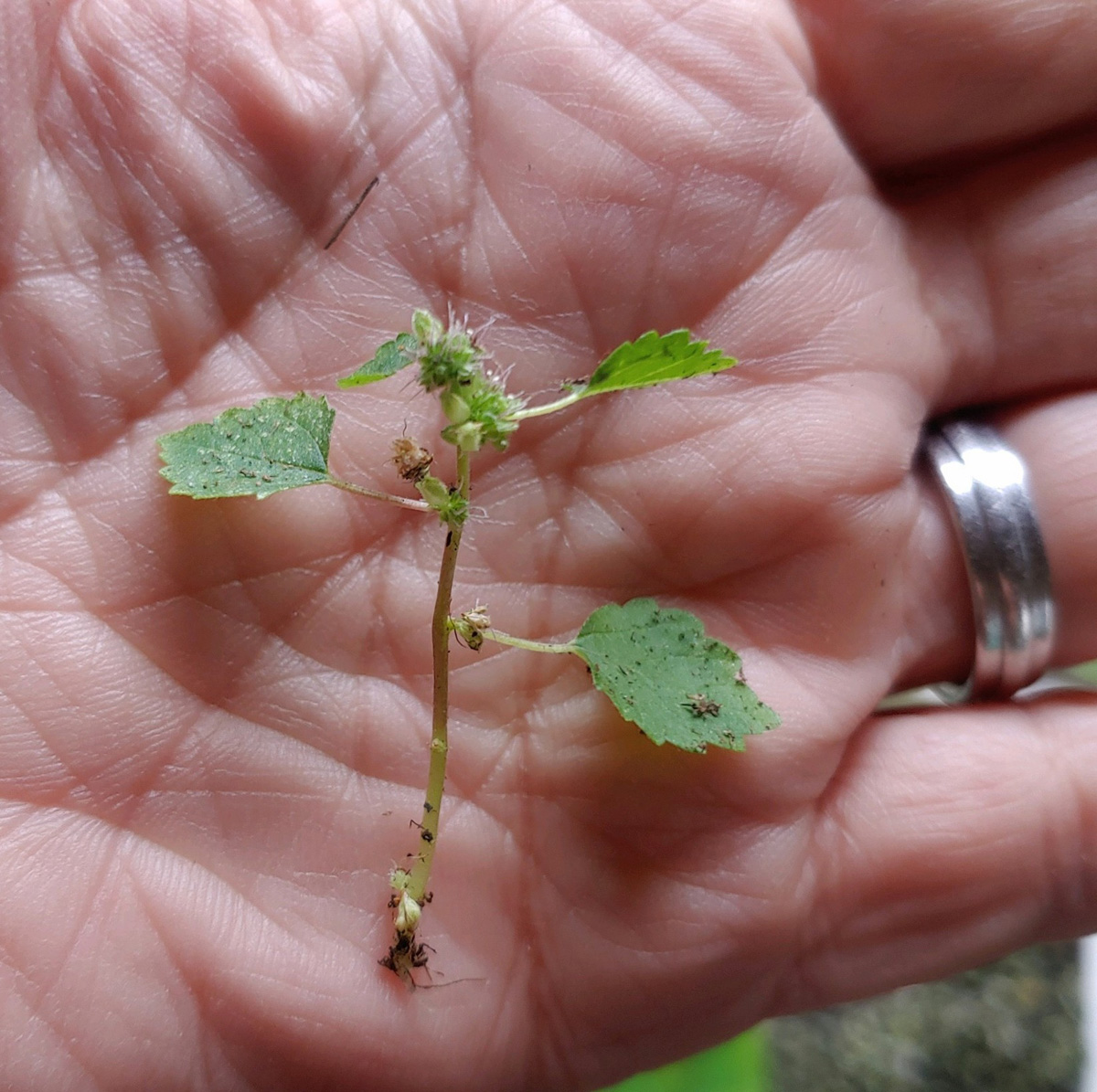
Stay on top of weeds. By now you’ve either uprooted your winter weeds or they’ve yellowed out, dropped their seeds, and passed the baton to the summer weeds. Rather than be frustrated, I take the approach of curiosity. I like to identify them, spend a moment looking at all their parts, then pull one up and check out its roots. Somehow this helps me get started weeding, and I’ll end up doing this for longer than I expected. While it makes sense to start in one spot and systematically work your way through, if you are seeing new weeds or any you know that are quick and prolific seeders, work on those first. It is far easier to slow the invasion at the beginning than if it is already out of control. Two such weeds that fit that bill are mulberryweed (Fatoua villosa) and chamberbitter (Phyllanthus urinaria). For summer weeds (both annual and perennial), it is even more important to be sure you are pulling them up by their roots. That’s the only way to get rid of perennial weeds. And for summer annual weeds, breaking them off at the ground still gives them a long growing season to sprout back from stem bases, flower, and seed.
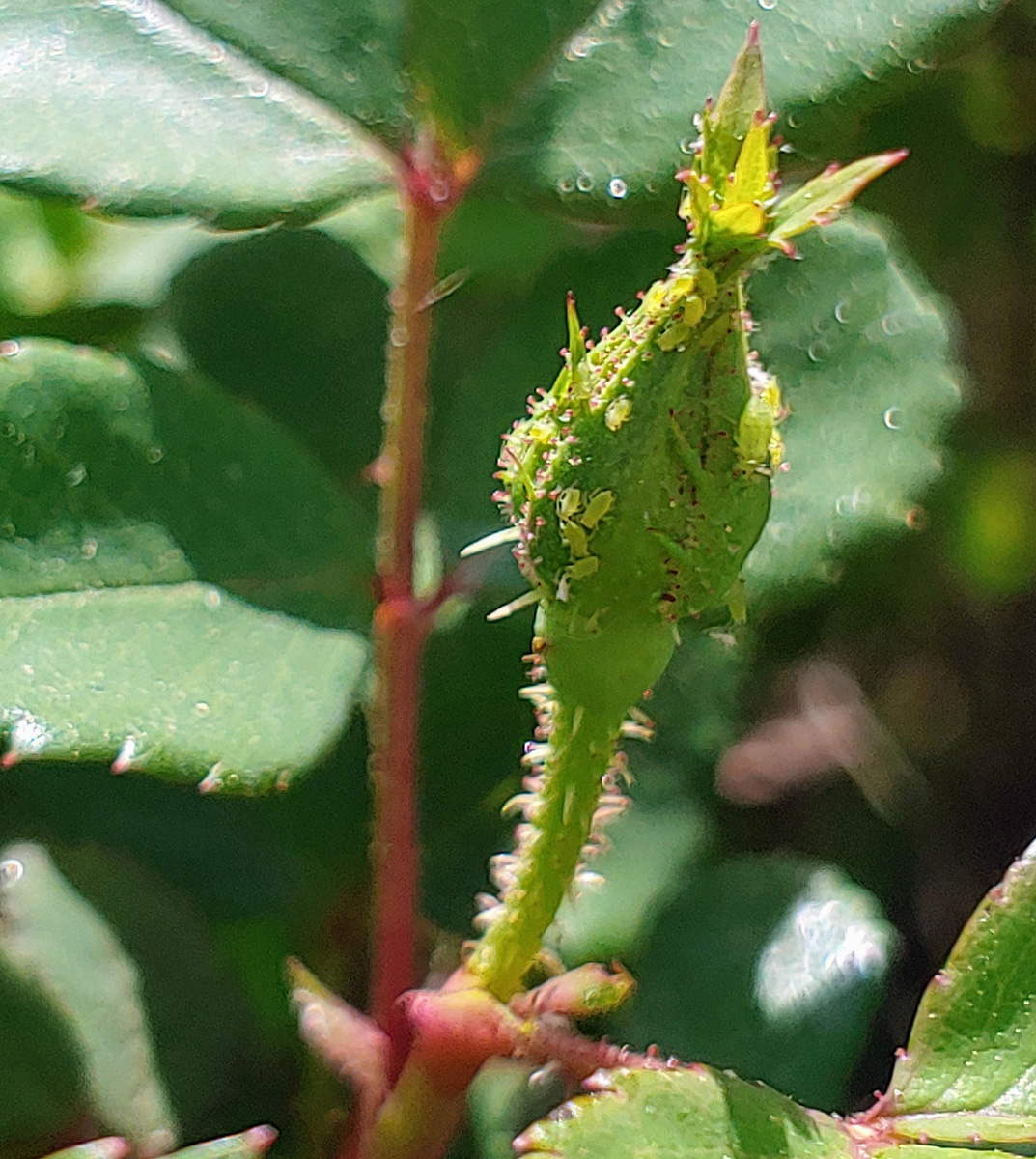
Scout for pests. One of the fundamentals of avoiding the use of pesticides in your garden is to set some time aside to look for pests. This is another task where it’s important to take the approach of curiosity, rather than thinking, “If I see pests, then I must be a bad gardener.” Insects and diseases are part of the whole ecosystem of your garden, and your job is not so much to extirpate them as to keep them from tipping out of balance. When you find aphids on your roses, blast them off using a special attachment to your hose. When you find Japanese beetles, make it a daily ritual in the morning (before they’ve had their coffee) to handpick them and then dump them into a bucket of soapy water. As you scout and find insects you don’t recognize, try submitting a photo to iNaturalist, or call your extension service hotline to practice your observation-to-description skills.
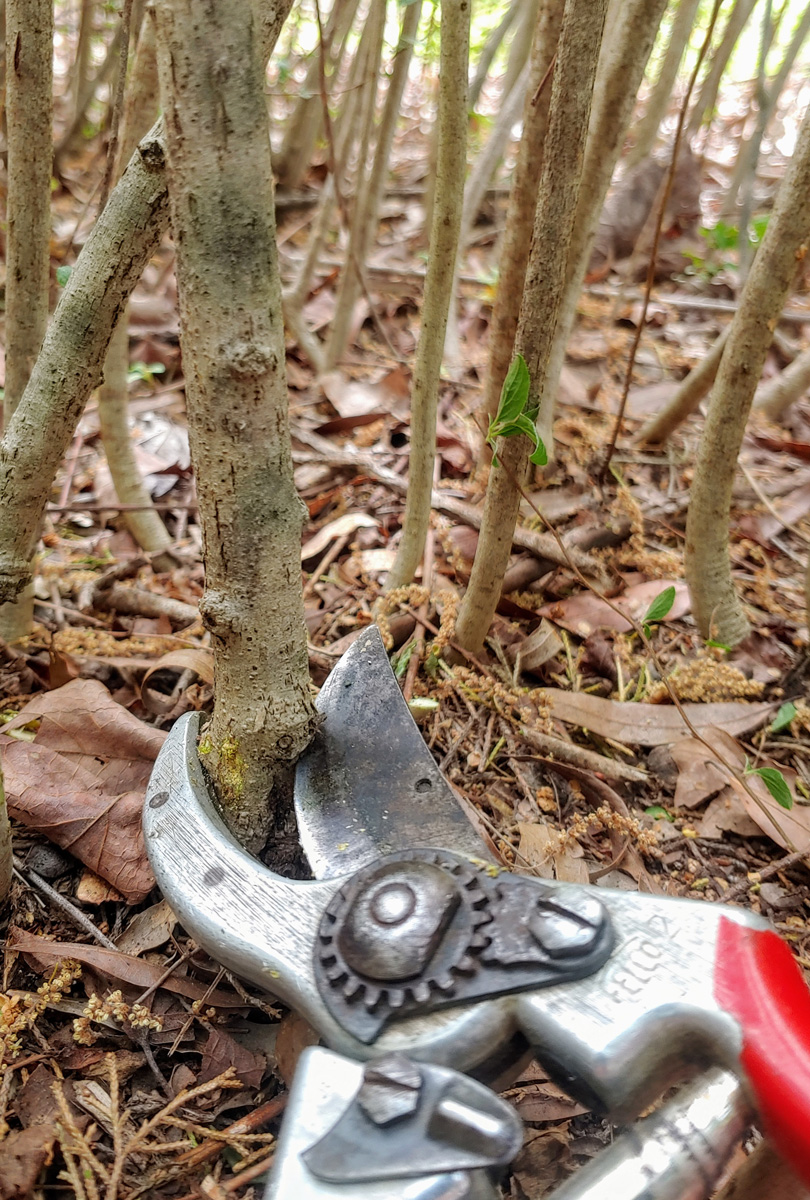
Prune spring-blooming shrubs after they bloom. If your early spring shrubs such as spirea (Spiraea spp. and cvs., Zones 4–8), forsythia (Forsythia x intermedia, Zones 5–9), quince (Chaenomeles speciosa, Zones 4–8), and azalea (Rhododendron spp. and cvs., Zones 5–9) are finished blooming, you may go ahead and prune them anytime between now and June. Remember that new growth will start after pruning, and the size of the shrub will increase. So if you are pruning to reduce size, don’t be too timid. If it has been years since you last pruned, get down to the base of the shrub and thin out entire older, tired stems. Pruning now allows new growth to occur and flower buds to set along those stems for next year’s show.
Don’t forget: (1) Water, weed, scout, and seed. (2) Spring-bloom prune (or wait till June). You’ve planted, planted, and planted some more. With all your darlings tucked in, and temperatures rising, your summer gear—hose and weeding gloves—will take the place of trowel and spade.
—Paula Gross is the former assistant director of the University of North Carolina at Charlotte Botanical Gardens.
Fine Gardening Recommended Products

A.M. Leonard Deluxe Soil Knife & Leather Sheath Combo
Fine Gardening receives a commission for items purchased through links on this site, including Amazon Associates and other affiliate advertising programs.



















Comments
Log in or create an account to post a comment.
Sign up Log in